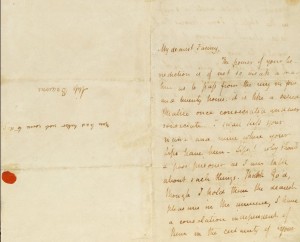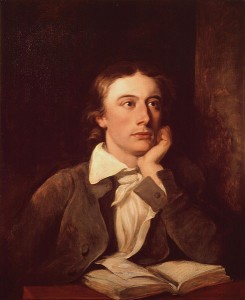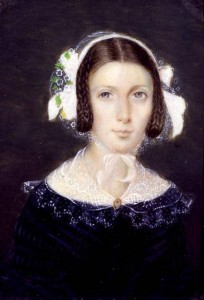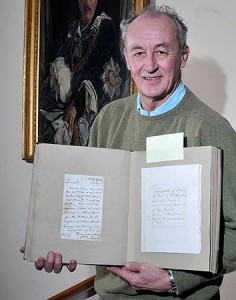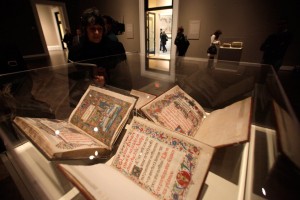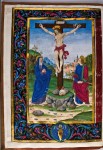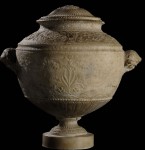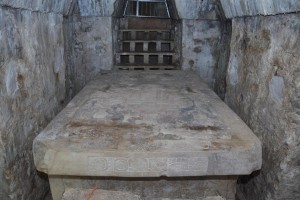 The sarcophagus of Mayan king K’inich Janaab’ Pakal, aka Pakal II, was covered with a seven ton slab of solid sedimentary rock after he was buried in the Temple of the Inscriptions in the ancient city of Palenque, Mexico. The hieroglyphic inscriptions on the slab indicate that Pakal was born on December 23rd, 603 A.D. and died on August 28th 683 A.D. They describe his progress along the Tree of the World, how he will descend to the underworld, defeat its gods and be reborn as K’awiil, deity of maize.
The sarcophagus of Mayan king K’inich Janaab’ Pakal, aka Pakal II, was covered with a seven ton slab of solid sedimentary rock after he was buried in the Temple of the Inscriptions in the ancient city of Palenque, Mexico. The hieroglyphic inscriptions on the slab indicate that Pakal was born on December 23rd, 603 A.D. and died on August 28th 683 A.D. They describe his progress along the Tree of the World, how he will descend to the underworld, defeat its gods and be reborn as K’awiil, deity of maize.
When Mexican archaeologist Alberto Ruz Lhulllier discovered the tomb in 1952, he raised the seven foot wide, twelve foot long cover so he could examine the contents of the sarcophagus. Instead of putting it back into place, Lhulllier’s team propped the slab on 4 metal beams. Although the metal was mortared to keep oxidization from damaging the stone, the metal structure was insufficient support for the massive piece of rock and corrosion is an ever-present danger.
The influx of breathing, panting, sweating tourists packing the small space with their heat and moisture over the decades since its opening has accelerated the deterioration of the burial chamber. It was finally closed to visitors in 2004, and since then, experts from the National Institute of Anthropology and History (INAH) have been studying how best to conserve the tomb in general and how best to handle the slab in particular.
In July of 2010, they decided to replace the questionable metal beams with sturdy wooden ones. Then, the question was whether the wooden supports should be replaced with new stainless steel beams or whether it would be best to just return the slab to its original place covering the sarcophagus. Considering the preservation challenge presented by the open sarcophagus, and since the remains of Pakal II have been extensively studied and sampled already, they decided to go ahead and replace the cover.
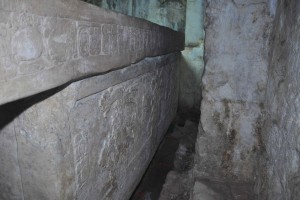 So in a tight space with 100% humidity, 15 INAH archaeologists, National University of Mexico engineers and assorted staff donning chemical protection suits worked four ten-hour days to return the slab to active duty. First they used four hydraulic jacks to support the slab while they cut up and removed the wooden beams. This required a great deal of coordination since there is so little room to maneuver.
So in a tight space with 100% humidity, 15 INAH archaeologists, National University of Mexico engineers and assorted staff donning chemical protection suits worked four ten-hour days to return the slab to active duty. First they used four hydraulic jacks to support the slab while they cut up and removed the wooden beams. This required a great deal of coordination since there is so little room to maneuver.
Then they lowered the slab using two of the jacks at a time to alternately lower each side inch by inch. Finally, once the slab was snug in place, they sealed the conjunction spot with a mixture of lime and sand. This will reduce the flow of oxygen into the interior of the sarcophagus and thus keep the funerary remains in the best possible condition.
INAH took advantage of the opportunity to scan the slab with a penetration radar device. This new technology can reveal even the smallest of fissures and weaknesses that would have made removing the beams dangerous. The scan detected a high moisture content in the northeast corner of the slab, but no fractures or structural damage.
